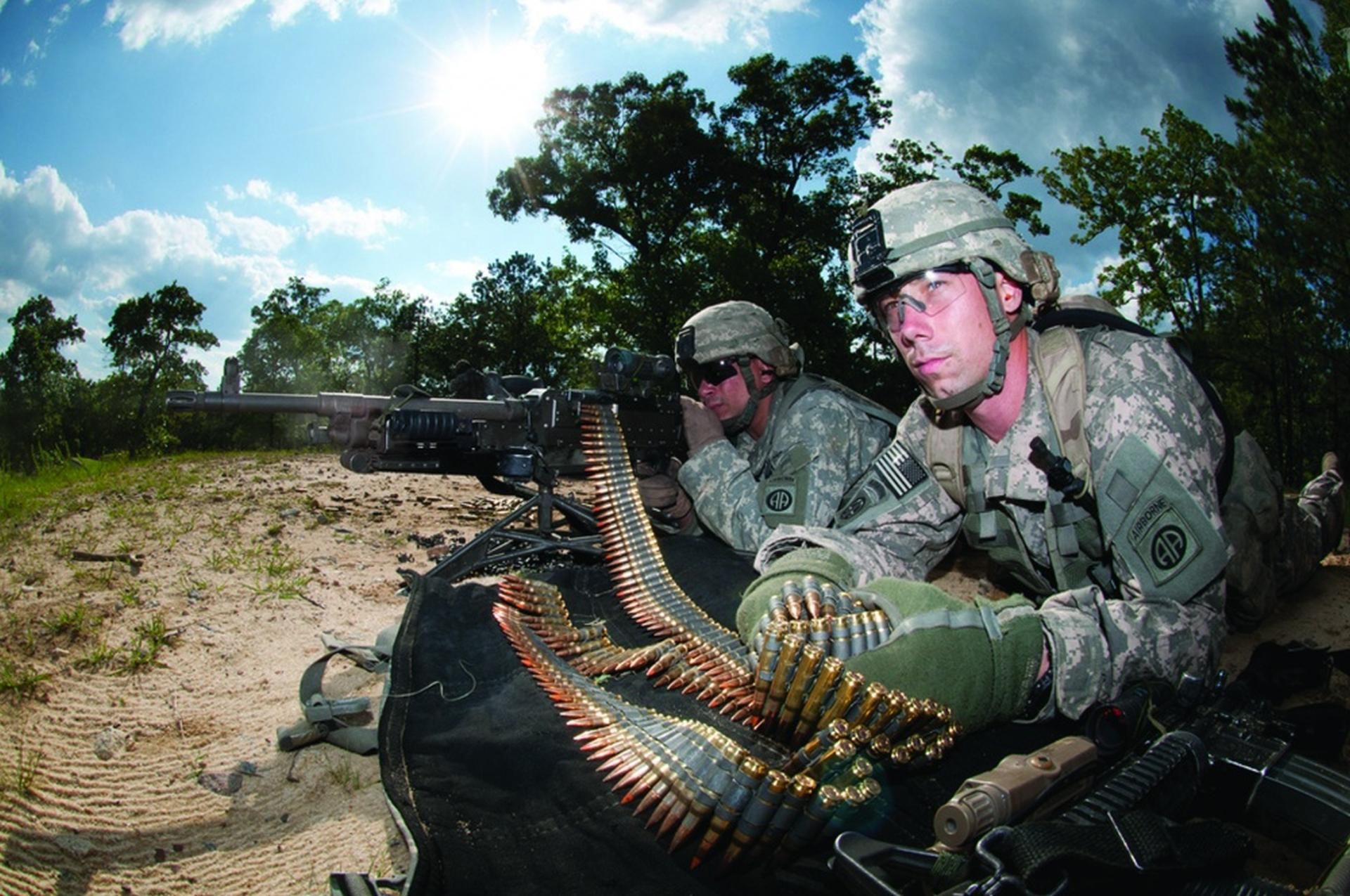The Army is implementing an updated ammunition management system with significantly improved cyber-attack resistance, greater transparency for ammunition managers, and easier functionality for operators.
The Standard Army Ammunition System used by the service’s active and reserve components to manage and control ammunition supply operations has received an update that significantly enhances its capability. System implementation began in January and is expected to be complete in July.
“This is a great development for the ammunition community,” said Ricky Daniels, the product lead for Logistics Information Systems, which led a consolidated update effort. “It’s been roughly 20 years since this system has received an improvement of such value.”
REAL-TIME AMMUNITION ASSET VISIBILITY
The new version boasts the added versatility of cloud-based computing, which features a centralized server and database that provide near real-time ammunition asset visibility across the entire network architecture, Daniels said.
“A cloud-based system allows our cyber guys to better monitor what’s going on — who’s on the network, where they are, and whether they have the correct software updates,” he said. “It provides them an enhanced capability to deny unauthorized individuals from getting into the system.”
SAAS’s transparency also has been bolstered. Ammunition information under the new system “can be rolled up at the highest levels,” Daniels said, “so that managers and planners can see what kind of ammunition we have, what we need and where we need it.”
As a result, he added, “ammunition purchases can be better streamlined because we can better project requirements and shipments with improved cost efficiencies.”
EASIER TO USE
The new system also is easier to use, Daniels said, describing it as one that “has the Microsoft Office touch and feel.” The SAAS modification, he added, sports a user interface reminiscent of the most popular software programs.
“That is an important element in the modification,” he said. “It allows soldiers to undertake their day-to-day missions at a faster pace, and they don’t have to do the manual things necessary with the prior version of SAAS.”
Reports can be generated more quickly, Daniels added, “and we can more easily cross-level assets from one unit to the next. There’s a mandatory technical benefit security-wise of this update, but the second and third-order effects are that soldiers can perform tasks more efficiently.”
The next step in the SAAS implementation is to complete the migration of the various installation activities and tactical units around the world. So far, U.S. Army Europe is already online, and user feedback has been positive, he said.
“We’ve heard some very good comments from USAEUR — ‘Wow, this is great. I can do my job better than with the old system.’ That’s taking care of the soldier,” Daniels said. “Update the system, but if you can benefit the soldier as well, that’s great.”
The U.S. Army Software Development Center at Fort Lee and a team of contractors were responsible for the system modification. The Combined Arms Support Command here and the Army Staff’s logistics section oversaw the functional aspects of the project.
SAAS has undergone several modifications since its inception in the 1980s. The current update will act as a bridge to the rollout of an entirely new management system due to go online in the next five or six years, Daniels said.










